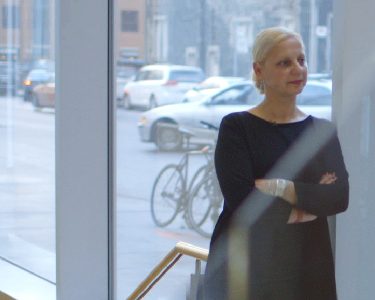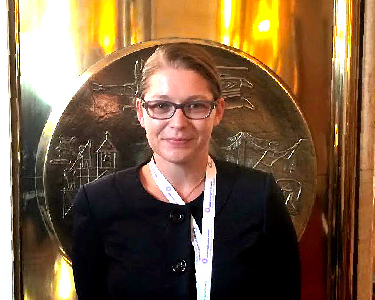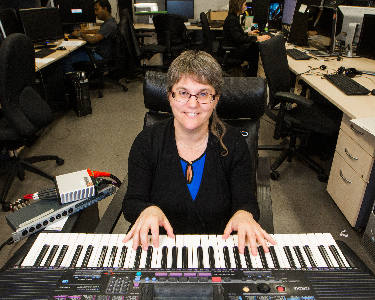Industry and Other Non-Government Funding
In 2015-16, Ryerson received $13.3 million (an increase of 24.5% over the previous fiscal year) from industry, foundations and non-profit organizations, including grants and research contracts with business enterprises to undertake collaborative research projects.

Ayse Bener (Mechanical and Industrial Engineering) received funding from IBM, supported by Mitacs, to develop an integrated software analytics solution. Using Dione, a predictive analytics tool for software delivery platforms, Bener aims to use analytics software to improve the software development process by predicting issues like defect prone modules, and project cost relative to effort. The software will further streamline the process of software engineering by assigning technical issues to developers with the appropriate skill-sets.

Kristine Newman (Nursing) received funding from the Alzheimer Society of Canada to address agitation in patients with dementia. Newman’s team aims to develop an accurate, high-tech system for detecting agitated behaviours using an unobtrusive sensor network on a dementia-care unit to collect physiological and behavioural measurements. By pinpointing and verifying early signs of agitation and developing a predictive system, the team hopes to reduce caregiver burden and improve the quality of life of persons with dementia.
Highlights
$13.3M
Total industry and other non-government funding
24.5%
Increase in funding over the previous fiscal year

Deborah Fels (Information Technology Management) partnered with Mediac Systems LLC to improve the usability and usefulness of their VoiceWriter captioning software for television. Fels will collaborate with individuals with disabilities to address the usability of the software and diversify the range of people who can be captionists, while solving quality issues that have plagued captioning in the broadcast industry in Canada.